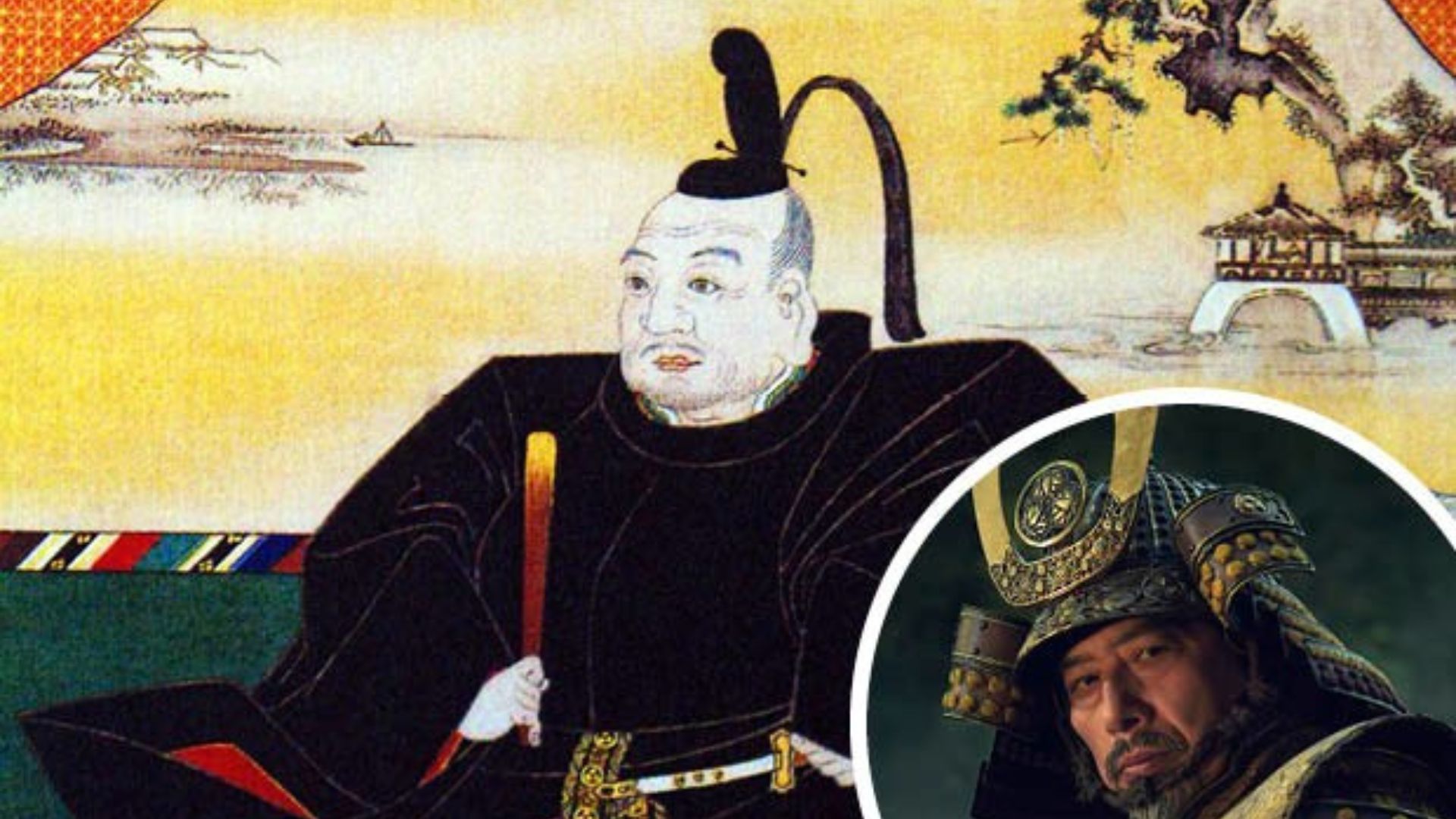Shinran (1173–1263) was a transformative figure in Japanese Buddhism who played a significant role in shaping the direction of the religion in Japan. As the founder of the Jōdo Shinshū school of Pure Land Buddhism, his teachings and beliefs have had a lasting impact on Buddhist practice in Japan and beyond. Shinran’s message focused on devotion to Amitābha Buddha and the belief in rebirth in the Pure Land, but his approach differed from that of other Buddhist schools, making his contributions both unique and profound.

Early Life and Spiritual Journey
Shinran was born into a noble family, but at a young age, he joined a monastery to become a Buddhist monk. During his early years, he studied under the Tendai and other Buddhist schools, searching for the path to enlightenment. However, after many years of rigorous study and practice, Shinran became disillusioned with the idea of achieving enlightenment through one’s own efforts, which he saw as a challenging and burdensome path.
Instead, he encountered the teachings of Hōnen, the founder of the Jōdo school, who emphasized the recitation of the nembutsu (the name of Amitābha Buddha) as a means to attain rebirth in the Pure Land. Shinran became Hōnen’s disciple and eventually concluded that the true path to salvation lay in trusting the compassion of Amitābha Buddha, not in one’s own efforts.
The Core of Shinran’s Teachings
Shinran’s teachings centered on the concept of “Other Power” (tariki), as opposed to “Self Power” (jiriki), which emphasized relying on one’s own efforts for salvation. Shinran believed that because of the complexities and limitations of human existence, salvation could only be achieved through the grace of Amitābha Buddha. He taught that reciting the nembutsu with sincere faith, even once, was enough to guarantee rebirth in the Pure Land.
His approach was revolutionary because it made Buddhist practice accessible to all people, regardless of their social status or personal ability to engage in complex rituals. Shinran’s teachings emphasized faith, humility, and devotion rather than intense self-discipline and strict adherence to monastic rules.
The Rise of Jōdo Shinshū
Shinran’s teachings laid the foundation for the establishment of Jōdo Shinshū, also known as the True Pure Land School. Unlike other Buddhist schools that followed monastic traditions, Shinran encouraged his followers to lead regular lives while engaging in religious practices. This approach attracted a wide range of followers, particularly from common people, including farmers, merchants, and other lower classes.
Jōdo Shinshū was one of the first Buddhist schools in Japan to actively encourage lay participation. This inclusive model provided people with a sense of spiritual community and connection, transforming the religious landscape in Japan. The movement grew rapidly and, over time, established itself as one of the most prominent forms of Pure Land Buddhism in the country.
Legacy and Influence
Shinran’s teachings had a profound influence on Japanese Buddhism. His focus on faith and devotion, rather than strict ascetic practices, made Buddhism more accessible to the masses and helped to democratize the religion in Japan. His followers, particularly in Jōdo Shinshū, continue to practice his teachings today, and his influence can be seen in the practices of other Buddhist schools.
Shinran’s legacy also extends beyond the religious sphere. His teachings inspired many Japanese thinkers, writers, and artists who found in his emphasis on human imperfection and divine grace a powerful message. His ideas on faith, humility, and the power of compassion resonate strongly in Japan’s spiritual and cultural life.
Conclusion
Shinran’s impact on Japanese Buddhism cannot be overstated. He revolutionized the practice of Buddhism by emphasizing the importance of faith in Amitābha Buddha’s compassion, making the path to salvation accessible to all, regardless of their ability to perform difficult rituals. His teachings continue to inspire millions of people in Japan and around the world, and his influence on the development of Japanese Buddhism remains a defining feature of the religion’s history.











